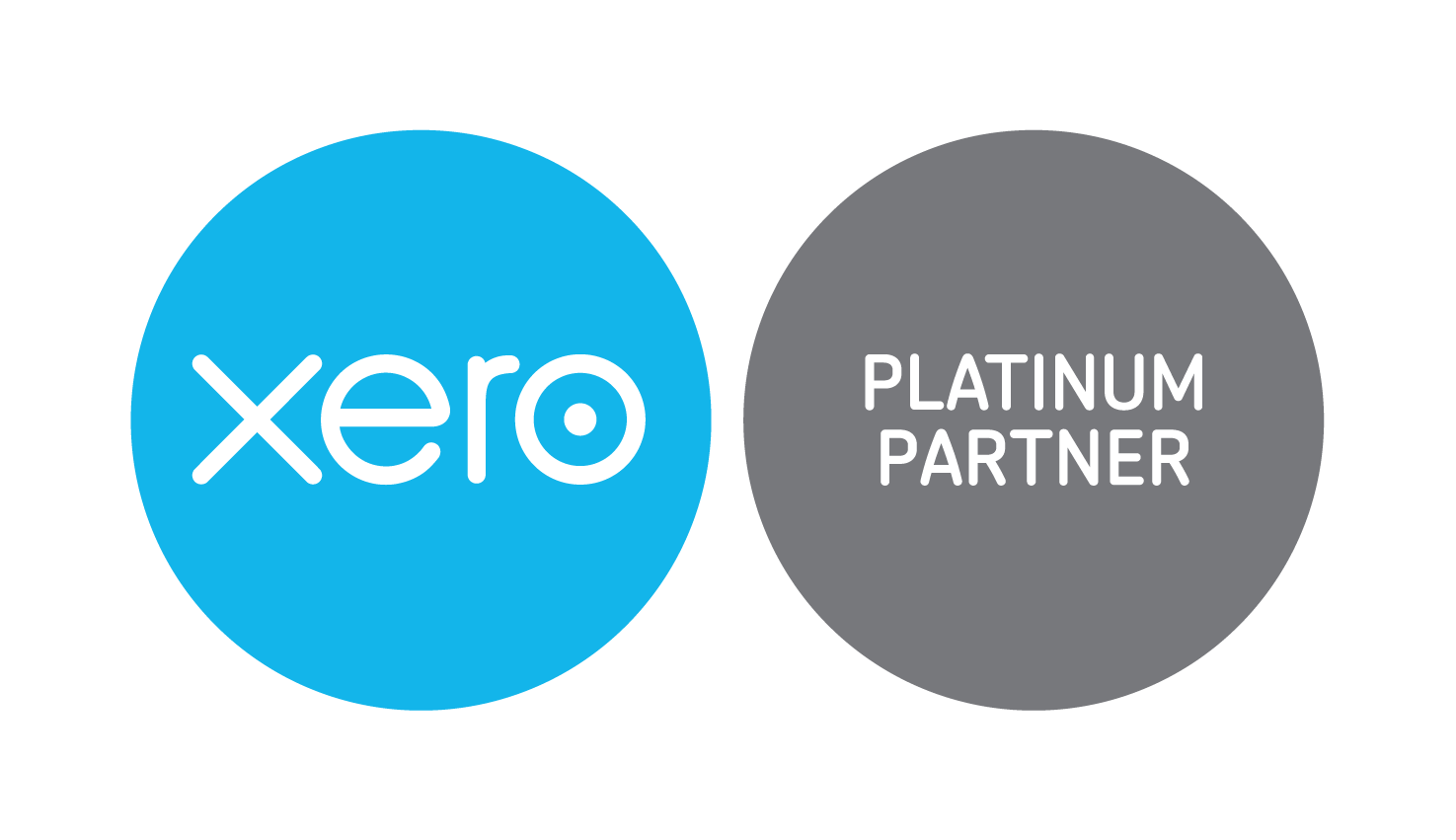A Self-Managed Super Fund (SMSF) is a unique type of trust that is set up and maintained by its members to provide retirement benefits to the members.

While opting for an SMSF is open to everyone, you need to have experience in making strategic investments and have a starting amount of approximately $250,000- $300,000 to make it worthwhile with all of the start-up and overhead expenditure. You’re allowed to have up to six members in your SMSF which means that you can pool your current funds together in order to make bigger investments.
However, while more money always sounds like a good idea, there’s a lot to consider before jumping into an SMSF.
Difference Between SMSF and Public Offer Funds
If you’re looking into moving to a self-managed super fund, it’s important to know the differences between Public Offer Funds and an SMSF, to make an informed decision. While there are other elements to it, the main differences between the two are –
You have total control
With Self-Managed Super Funds, you are in complete control of where you invest and how much. Whereas with public offer funds, you’re only eligible to choose from opportunities that are presented to you by your provider, which are recommended based on collective interests of the group it’s serving.
Borrow or loan for further investment
Trustees of a SMSF can boost their fund by borrowing and investing in opportunities like property, collectables and managed portfolios. However, it is highly regulated and does require the input of professionals to keep compliant.
Government assistance not available for SMSF
Unfortunately, if you run into fraud or money mismanagement problems, you are not protected. Whereas with public offer funds, depending on the situation, you might be eligible for assistance from the government. You also don’t have access to the Superannuation Complaints Tribunal (SCT) for disputes but you can seek independent resolution services.
Additional management costs
With a SMSF, there is no set amount for management and the costs can vary. As the trustees are liable for the account to remain compliant, you have to enlist the help of other third-party professionals such as accountants, wealth advisors and solicitors, to maintain your account.
While non-SMSF accounts also have a management fee for all the elements, it’s inclusive with the Superannuation provider.
Responsibility for SMSF Trustees

You’re allowed up to six members for your SMSF – known as the Trustees.
Between you and your trustees, you have legal and administrative responsibilities that must be adhered to.
As a trustee, there is a list of responsibilities that you must adhere to, which include –
- Exercise diligence in managing the fund
- Ensure that the fund meets the sole purpose test at all times (retirement benefits to members.)
- Accept rollovers and contributions in accordance with the trust deed and Super laws
- Develop investment strategies and constantly review or improve them
- Comply with the investment restrictions under the Super laws
- Pay benefits to members in line with the trust deed
- Value the assets annually
- Prepare the financial statements
- Enlist an official ATO auditor to commission an independent audit
- Lodge your SMSF tax return & pay the income tax liability and supervisory levy
- Lodge the Transfer Balance Account Report (TBAR)
- Inform ATO and ASIC of any changes to the fund, within 28 days
- Maintain all records so that they are up to date and accurate
- Ensure the funds meet the residency rules.
You can find the full list of obligations on the ATO website.
It’s important to note that you’re not allowed to employ or financially compensate a member of your trustees for managing your SMSF.
Quick Notes
- You can have up to six trustees per every SMSF
- Upon opening, you should have at least $250,000- $300,000 and steady cash flow for your SMSF to be profitable
- You cannot pay trustees for management of your SMSF
- All SMSFs are regulated by the Australian Taxation Office (ATO)
- You must enlist the assistance of a third party financial accounting professional
- You must have an ATO approved auditor to review your Trust
How to set up a SMSF?
Before you start your SMSF setup process, it’s vital to conduct your own research into the topic to be certain this is the route you want to take. Most importantly, you must be in a good financial position to proceed with an SMSF.
Step 1 – Choose an SMSF structure
You can choose whether you’re an individual/multiple member trustee or a corporate trustee.
Each has their own specifications and can change your fund’s legal requirements.
Step 2 – Appoint trustees
All trustees need to be over 18, competent to handle their own affairs and not considered a disqualified person in the eyes of the law and the ATO.
If you meet the requirements, you need to officially consent to being appointed as a trustee, and sign the trustee declaration.
Step 3 – Create a SMSF trust deed
This is a legally binding document that sets out the rules for your SMSF and must be signed by all the members. The details on this document include the responsibilities of everyone, the member’s rights and the scope of the fund.
The deed must be created by a licensed accountant, lawyer or a financial advisor. It’s important to note that only a licensed financial advisor can recommend a SMSF.
Step 4 – Your SMSF Must be an Australian Super Fund
To comply with this, your fund must be established in Australia with at least one asset located in Australia. In addition, the majority control of the fund, which includes formulating investment strategies and reviewing the performance of the investment, is performed in Australia.
Trustees must be Australian residents who hold at least 50% of either the total market value of the fund’s assets or the sum of the amounts payable to members.
Step 5 – Holding assets
If you’re a trustee, your fund’s investments need to be held separately from any other entity’s or investments you have. Most importantly, the name of the account can’t be under a single/individual’s name.
Step 6 – Register your SMSF
Once you’ve completed the first steps, you have 60 days to register your SMSF. To do so, you must apply for –
- Australian Business Number (ABN)
- Tax File Number (TFN)
Both applications can be applied for online via abr.gov.au

If you cannot submit your information within 60 days, you must provide reasons for the delay in writing. Once you have registered, the fund will appear on Super Fund Lookup, with a registered status. From there, you’ll receive a notice of compliance via mail.
During the waiting period, trustees won’t be able to make contributions to the fund. As an extra security measure, it’s recommended to use safeguards like joint bank account signatories, to protect the fund’s assets.
Step 7 – Set up a Bank Account
In order to manage your fund’s operations, accept member contributions and hold earnings, you must set up a bank account in your fund’s name. All members can use the same account, however you must keep a separate record of their entitlements.
To open an account, you need –
- ABN, TFN numbers and address
- Members names and addresses
- Identity documents per member
- Name and Australian Company Number of the corporate trustee (if applicable).
Step 8 – Get an Electronic Service Address (ESA)
An ESA allows your fund to receive contributions from employers. Both you and employers need to use SuperStream to access the fund to send or receive contributions.
In addition, ensure that your ESA can provide rollover services otherwise you won’t be able to roll money in or out of your SMSF.
Step 9 – Create an Investment Strategy
You and the trustees need to set out an investment strategy that establishes your fund’s investment objectives and the types of investments your fund can make.
By considering elements like diversification, ROI, risks and liquidity of assets, overall it needs to reflect the purpose and circumstances of the fund.
Your strategy should be in writing, regularly reviewed and consistently updated with new changes or decisions.
Step 10 – Plan for the Future
Protection for the fund members is crucial. All members should have insurance to protect the funds members and assets from financial loss.
Death benefit nominations should be created to protect a member’s super savings in the event that they pass away.
Step 11 – Prepare an Exit Plan
Thinking ahead is crucial, especially when it comes to managing money with other people. As circumstances can change unexpectedly, having an exit plan in place that all trustees agree upon can make those instances a smooth process.
The exit plan should be recorded and kept with all of your documents in case members need to review it.
See the full breakdown of starting an SMSF on the ATO website.
Management Accountant
One of the main disadvantages of SMSF is that if you don’t have significant and long term cash flows, it can quickly become a financial burden.
If you’re thinking about joining or creating a Self-Managed Super Fund or looking for more information about it, COADS Chartered Accountants can assist. We help you develop effective strategies to assist with investment decisions and oversee your SMSF process.
Contact COADS today for more information about Self-Managed Super Funds.



